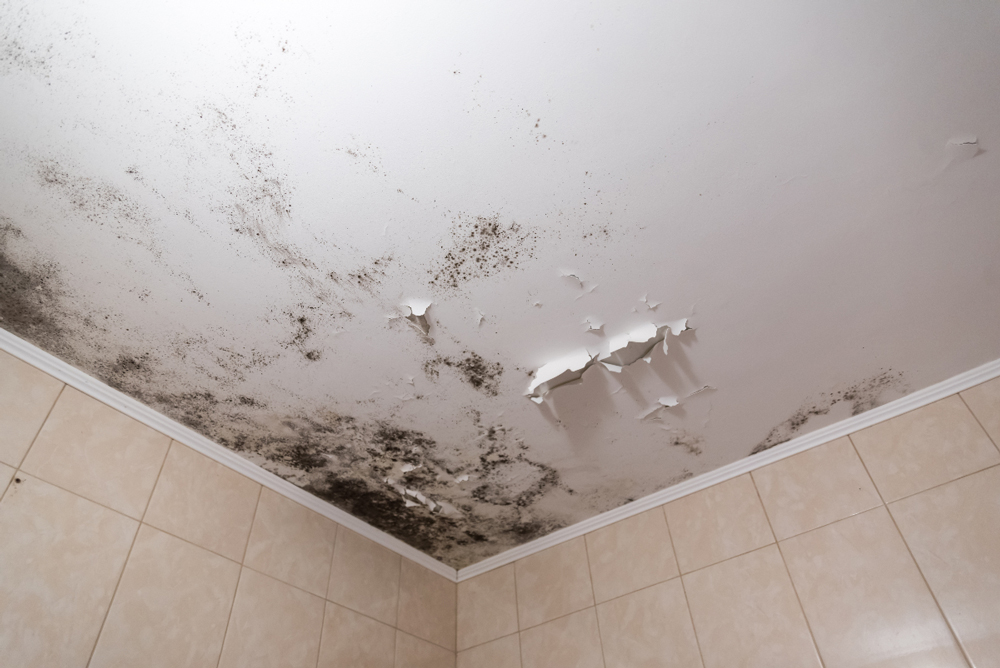Humidity happens when there is water vapour in the atmosphere. When a huge amount of water evaporates and rises into the air, it means the area has high humidity. This is common in places with hot temperatures. Too much heat causes the water to evaporate faster.
In turn, the excess vapour causes moisture. In areas with a lot of moisture, including humid areas where air condensation is constant, it is always possible for moulds to grow. This is why it is important to keep a house, or any closed environment, low in humidity to prevent mould formation.
What Is Mould? How Does It Occur?
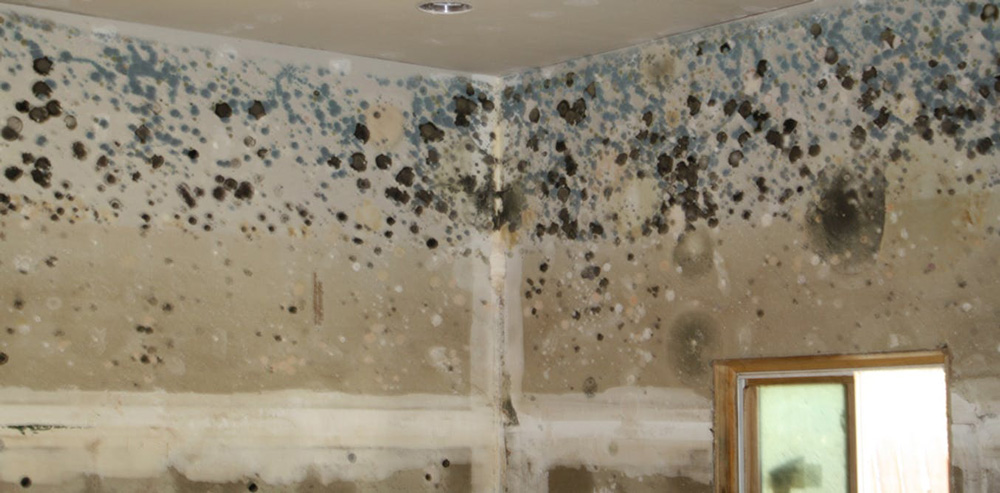
Different cities or countries differ in temperature. Some places are often cold, and some places are often sunny. Though different in terms of location, both weather has one thing in common, moulds.
A mould is a living organism that grows in different places where people often stay such as your home and office. Moulds can also grow in any place including your shoes, clothes, curtains, and other stuff you have at home. But what causes mould?
1. Moisture
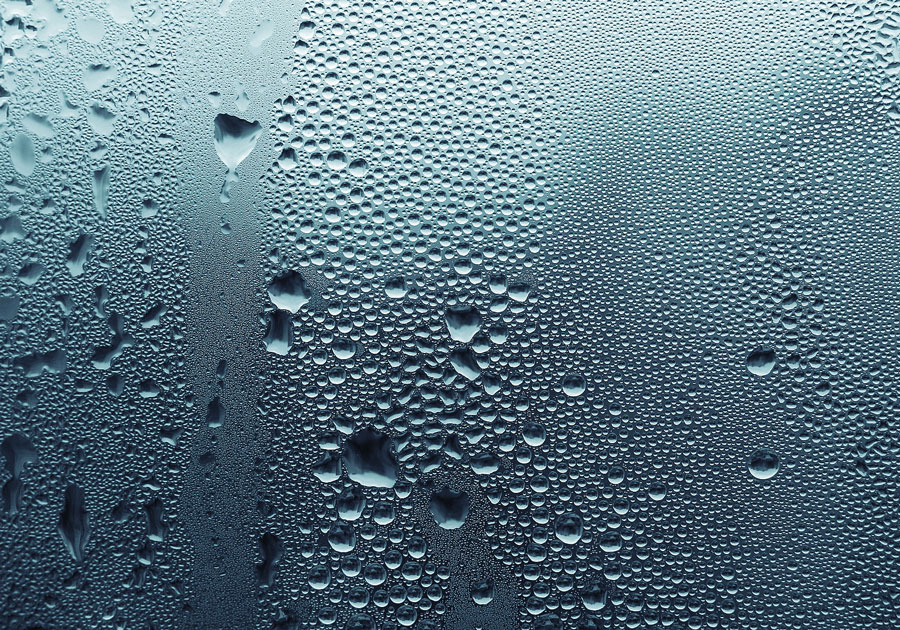
Water or moisture is the main source of moulds. As long as the area is damp, it can always fester. Remember that most parts of your home have access to water such as walls, doors, windows, and kitchen sinks, making any area vulnerable to mould formation.
Make sure to keep the areas and surfaces dry after a heavy rain or after cleaning it. Wipe on damp areas like walls, wooden cabinets, bathroom curtains and floors that may be attractive for mould spores.
2. Food Source
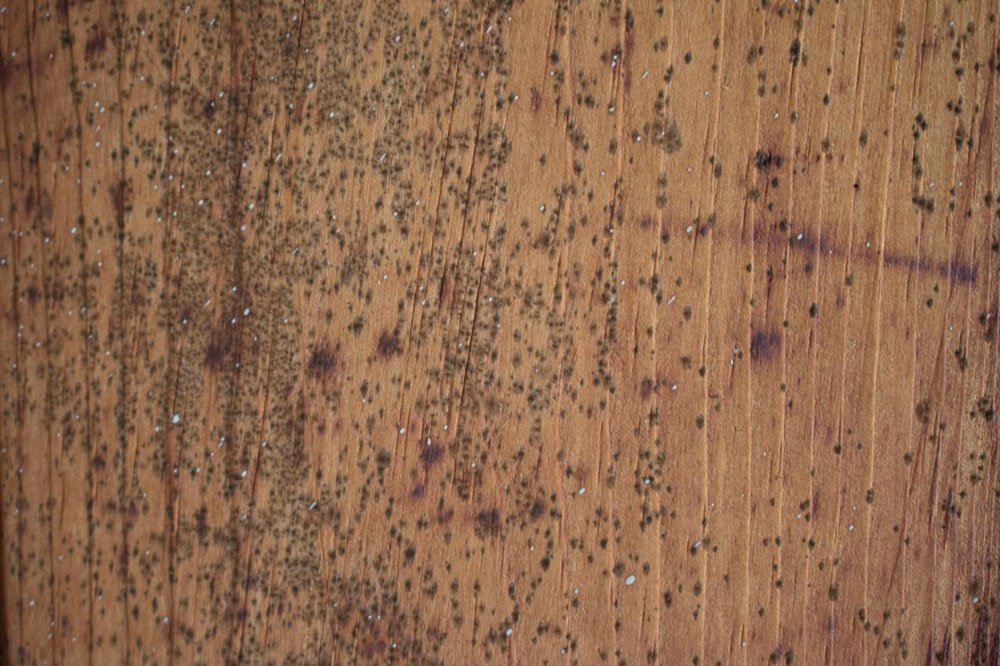
Like other living things, moulds require nutrients. Moulds caused by food are commonly small and found in places you usually neglect to clean often. Some of these areas include carpets, bed mattresses, and cabinets. The common food source of moulds is wood, because wood consistently stays moist when it starts to absorb water. If you have a lot of wood furniture and areas made of wood, maintain that area dry or use air purifiers to keep the humidity low if it is indoors.
3. Temperature
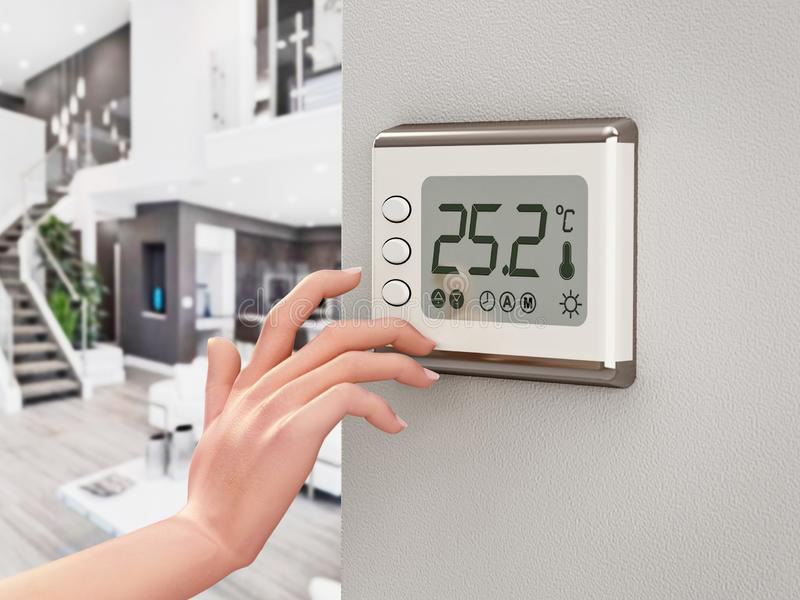
Moulds require a certain temperature for them to grow. Moulds cannot tolerate up to 4.5 degrees Celsius. The perfect weather for them to fester is between 23 to 30 degrees Celsius, especially in a humid environment. The key to balance the temperature for some areas is keeping the windows open for a better circulation of air, or using an air purifier and dehumidifier to keep the humidity level low.
4. Mould Spores
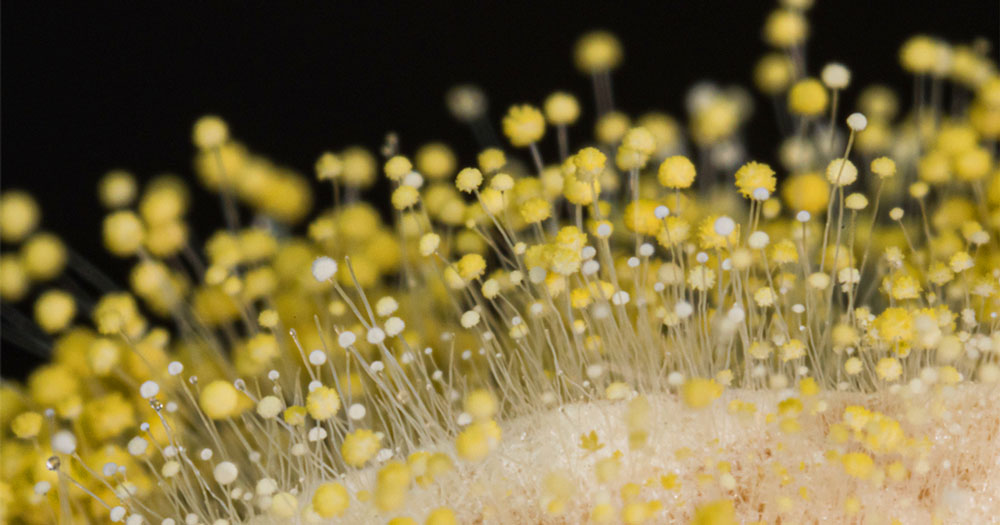
Mould spores are not visible. These spores are delivered into your areas by air. It is impossible to spot if mould spores are entering your home. However if the air is well ventilated, you can prevent them from staying inside your house. You can also place air purifiers on different areas of the house to prevent mould spores from entering.
The Consequences of Investing in Wood Furniture
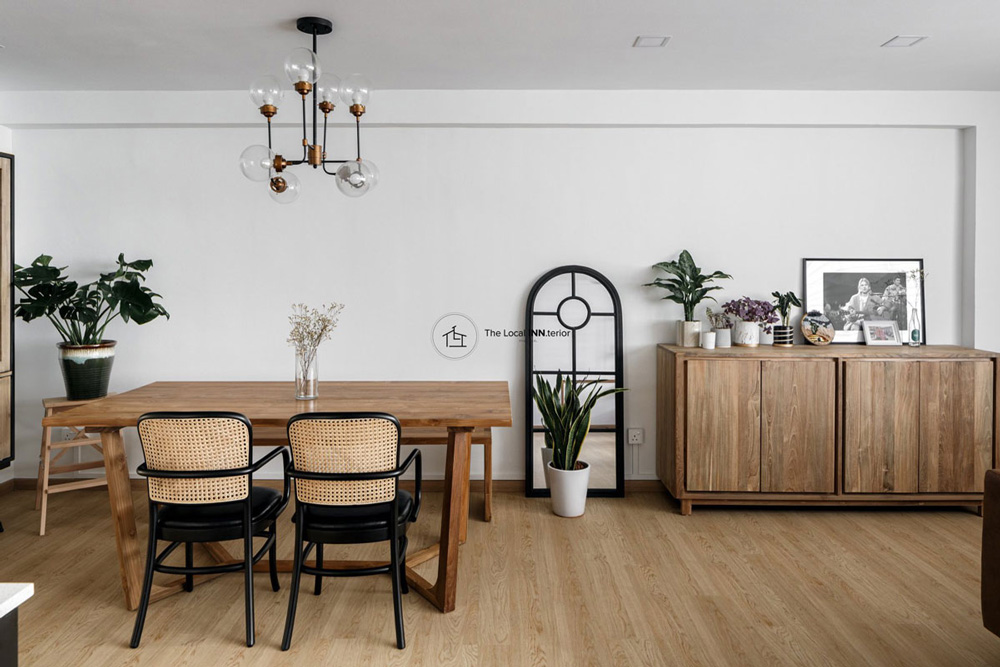
As mentioned earlier, moulds feed on the materials it grows on. Eventually, this furniture or materials end up damaged. The carbon on the surface of the material is slowly digested by moulds, which causes it to grow and expand. It can even cause an unpleasant smell when left for a long time.
With that being said, moulds are often present mostly in furniture that is made from wood. Including walls, ceilings, and floors that are made from wood can lead to mould formation when not taken care of.
It is important in a home with lots of wood around to check the isolation and match it with the common weather of your area. If you are living in a humid climate, you might want to utilize your air conditioner to lessen the humidity. On the other hand, if you are in an area with a cool climate, you can lower the humidity by checking and fixing your ventilation and adding more heat around.
How to Prevent Moulds?
For some, moulds might not be a big deal unless it eventually destroys their furniture. However, it is also important to know how moulds can affect your home and buildings in the future when not prevented earlier. So, here are some of the ways you can prevent mould formation:
- The humidity level is essential to keep your eye on when you want to get rid of moulds. 50% is high enough humidity that allows moulds to grow. So, you better keep it lower than that. Try using an air conditioner or an air dehumidifier to keep the humidity at a low. You can also use a humidity meter to check your home or building’s humidity.
- A well-ventilated home lets the air in your home flow freely. If you don’t have an area where air can circulate well, you can use helpful materials such as exhaust fans and ceiling fans.
- Since water is the main source of moulds, also consider checking on leaks or areas that might be wet like, roof, walls, and plumbing.
- Always make it a habit to clean your area, most especially after a rainy day.
- Applying mould inhibitors before having your walls painted can also become helpful.
- Make sure your carpets are dried completely before putting them back. For existing moulds in the carpet, you can use a stiff brush to remove as much mould as possible. Also, try using a vacuum to get rid of miniscule dirt that you may have missed after cleaning or let it dry completely under the sun.
Having your home or building moist-free means a lot when you wish to get rid of moulds around your furniture, walls, floors, and ceilings. It is also good to consider investing in equipment like dehumidifiers to keep the humidity low or mould inhibitors to protect your walls. Always remember that moulds hate places without moisture. So, keep your areas dry to prevent it from damaging your home and furniture.

Can Mould Cause Health Issues to Arise?
Aside from causing damage to your interior, mould can also negatively affect your health. What most people do not know, moulds have spores that travel through the air. These spores may affect people by triggering nasal congestions and other allergic conditions. Moulds that are present at your home, or buildings that are often damp are the most dangerous type to encounter. When left unattended for a long time, it can lead to health risks such as:
- Breathing Problems
Moulds is made out of mould spores, and when they are in the air it scatters around the area as small particles, which can cause nasal congestion, allergies and mycotoxins. In damp areas, since some areas like wooden ceilings and walls break down, these dust may also blend in with the air and may be inhaled. - Allergy
Many people have allergies to dust or small particles that get into their nose or mouth. Mould allergies can provide similar symptoms such as runny nose, itchy nose, itchy throat and watery eyes. - Aspergillosis
Aspergillus is a type of mould that can cause serious health problems. Some people can breathe in the spores of this type without becoming sick, but those who have a weak immune system or are experiencing lung disease can experience severe health problems when exposed. There are different types of aspergillosis:- Allergic bronchopulmonary aspergillosis (ABPA): This affects the lungs and can cause breathing problems.
- Aspergilloma, or fungus ball: This can cause a cough, which may produce blood, as well as breathing problems.
- Chronic pulmonary aspergillosis: Symptoms include breathing problems, a cough, and weight loss.
If ever you encounter symptoms such as severe sneezing, cough, wheeze, it might be due to the organisms growing in your house. If things get worse, it is advisable to seek medical attention to prevent further illnesses. Nevertheless, prevention is always better than cure. It is good to be aware of where the moulds are coming from and where to keep your eye on getting rid of health issues caused by them.
How Can Moulds Affect Your Fur Babies?

Aside from humans, your pet might become a victim of moulds too. If your pet is an indoor pet, make sure that the carpet or other areas where most animals love to lay down are free from moulds.
As much as it affects humans, moulds are worse for animals. Indoor mould affects pets due to their less advanced immune systems. When pets are exposed to harmful microorganisms, the possibility for pets to experience severe health problems or, worse, die is high.
- When animals inhale mould spores they might experience fever, lethargy, and different respiratory issues. The usual symptoms are rapid breathing, coughing, sneezing, nasal discharge, lethargy, and bleeding from the nose and/or mouth, which may be dangerous when not treated immediately.
- If your pet accidentally ate moulds, digestive problems and damage to the gastrointestinal tract may occur. Symptoms after the incident include loss of appetite, stool changes, and stool vomiting.
Why Is Checking for Water Leakage Important to Prevent Moulds?

Water leaks can lead to many problems at home. This can produce multiple damp areas, which can create growth of moulds and bad odour. It also can damage the area and other furniture. Identifying water leaks is not as easy, but there are easy ways for you to do so.
- WET SPOTS
Have you experienced having a long hot shower and suddenly you see water drops all over your walls? How about water leaks on the floor after draining the tub? If you notice these, then it’s time to have an expert check your water pipes.
Also, look outside your home if there is a growth of plants in certain areas. This might also mean that there is a leak in an underground pipe. - MOULD PATCHES
Mould patches are stains of old moulds. This however can also be a sign of water leaks in the area. These are commonly brown, black, or greyish spots. If you notice some discoloration at some areas of your house, it should be a sign of serious mould formation in that area. You can find where the water is coming from that causes it to become damp.
Make sure when you look for mould patches, wear a mask to protect you from inhaling them. - STAINS
Similar to mould patches, stains from water are a good detector to spot water leaks. A place that is often wet can change in color over time. Materials like wood and steel become discolored when they get soaked in water. - A LARGER BILL THAN USUAL
You sure know your monthly water bill. An increase in your water bill can be a sign that you have water leakage. You may need an expert on this one to check leaks in places where water is present, such as the kitchen, bathroom, and garden. - MUSTY SMELL
Wet areas can leave a very obvious smell. Just how it smells outside before and after heavy rains. This smell is often accompanied by an excessive flow of water or mould spores. For this, better look at furniture or appliances that are made of wood or steel. - SOFT AREAS
Have you visited old shelters which have brown discoloration at the edges of the walls and ceilings? These parts are often saggy or soft when you look closely. Meaning that water has been present around these areas for a long time. - LOW WATER PRESSURE
An unusual change in pressure on your faucet and shower may also be a sign, especially when the normal flow of water used to have higher pressure. Check on faucets and showerheads if they are dripping even when it is off and have it checked by an expert to see if there are more serious problems than water leaks. - SOUND OF TRICKLING WATER
If you hear water trickling on your kitchen faucets, it might be a sign of a water leak. Listen carefully and identify where the sound is coming from and let an expert check if there are issues. - LINE FAULT
An underground supply line might need to get fixed. This is often difficult to find out immediately. It is best advised to have an expert identify the issue.
M3M for Waterproofing Services
M3M Multiservices Pte Ltd is a professional ceiling and roof waterproofing company and has been providing customers with works in construction, waterproofing, and other general contract work. The company has always maintained high standard services for the past 9 years and still opt to stay updated for better services.
M3M offers an on-site analysis to figure out the solutions that will best suit the needs of your property. More than waterproofing, the company also offers painting services such as repainting, recoating, and decorations, also roof and gutter maintenance, reinstatement works, boom lifts, scissor lifts, spider lifts, and temporary scaffolding, and more.
Up to this date, M3M is one of the leading waterproofing companies who specializes in various waterproofing solutions based in Singapore. M3M always makes sure to provide the best services by high-quality technology that can help give their clients the service that they deserve.
Water leaks are a headache especially when you can’t identify where it is coming from. More than that, moulds can pop out anytime and have it unsuspected, which may affect you a lot in time.
Remember to make a regular check on your furniture and areas that are exposed to water to prevent damages including you and your family’s health – and your pets.
If you are planning to leave the house for a long time, make sure you have air purifiers to have a stable humidity level. Also, do not leave areas wet because this will attract moulds and can leave damages and bad odors inside your house.


